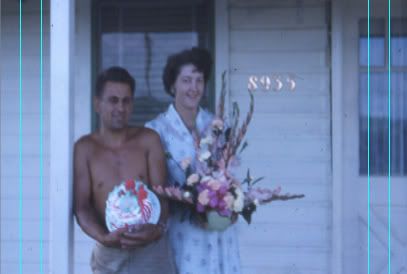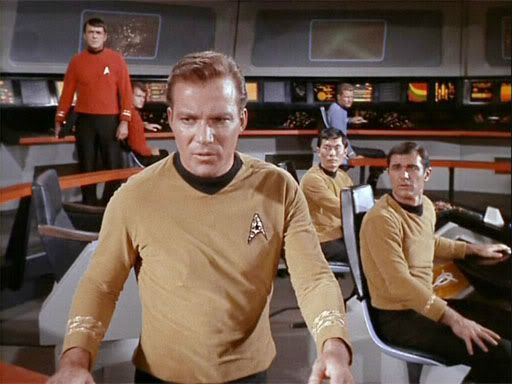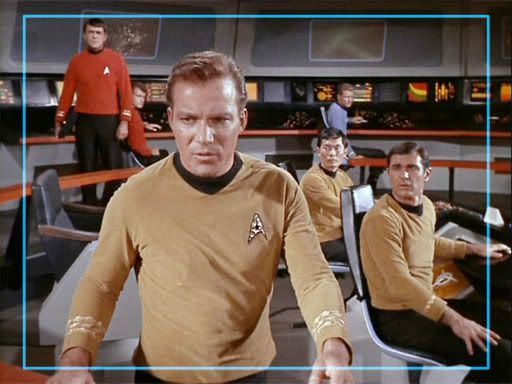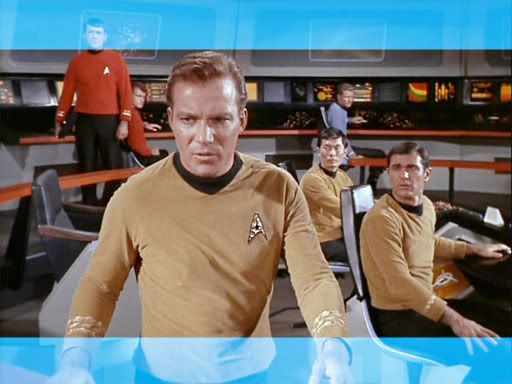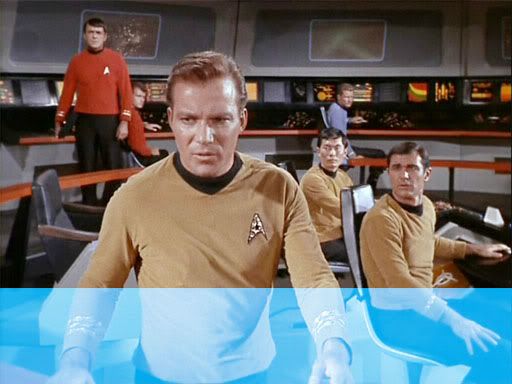MGagen,
Thanks for the pics you put up.
I would strongly disagree though about your pan and scanning. You cropped the image like this:
I don't think anyone would pan and scan it like that. Here is my interpretation (with image area sizes matched to prevent bias):
4:3
16:9
This is how I think anyone would pan and scan such a scene sensibly.
And, bear in mind, this is assuming there is no additional image outside the frame. I strongly believe that there is.
Look at this link:
http://www.hometheaterforum.com/htf/show...p;postcount=657
This shows a frame from the DVD superimposed over the original cell — clearly there
is additional footage at the side of the picture, which would make the crop somewhat less drastic.
MGagen said:
And that is only if they go scene by scene and make the least offensive choice in cropping. Even if they took the trouble (and I doubt they would), we're still looking at a major loss of image.
I'm absolutely certain they would pan and scan. People have been pan and scanning even the crappiest movie-to-TV conversions for decades. Cheap TV stations used to do it all the time back in the 90s.
To think that something as important as Star Trek wouldn't be pan and scanned (considering how incredibly easy and quick it would be) is unimaginable. I'd guess it'd probably take a cinematographer no more than 90 minutes to pan and scan an episode, given good software to work with.
MGagen said:
A master cinematographer like Jerry Finnerman deserves more respect than that!
I agree with this sentiment, but people who want the original can buy the original. People who really love widescreen (and don't mind the sacrifice) can buy the widescreen.
The only 'crime' would be only offering the widescreen version, and not releasing episodes in 4:3. But I'm sure they would never do that. That would be incredibly offensive, dumb, weird, insensitive, patronising… (the list goes on).
Full frame 4:3 vs cropped 16:9
One thing to remember: a lot of people think that by cropping the image you are 'losing' image. In a way, you are, because you see less. But in another way you are losing nothing, because it's taken from the original film so you get more detail of the cropped area.
Think of it this way: when a cinematographer decides how close/wide to make a shot, there is a consideration of many things, but most fundamental is that the wider you go, the more of the scene you see, and the closer you go, the more detail you see. Hence you don't use a long shot when you want to see people's emotions. In other words, there is always a tradeoff between long and close shots. Likewise, there is the same tradeoff between a cropped shot and the original — one loses picture, the other loses detail.
So, if you take the above shot as an example: while in the cropped 16:9 version you are not able to see what Kirk is doing with his hands — you
are able to see the expression on all the characters' faces much better.
So what's more important: peripheral detail round the edge of the screen, or the emotions on the actors' faces themselves?
I'm just making the point that in a way you are not losing anything — both the cropped and uncropped still have the same number of pixels, each revealing just as much information as the other.
That's not to say messing with someone's cinematography is ever a good thing. Obviously, when you crop you do lose the intended feel of the shot, and sense of space. And everything will feel more claustrophobic and intimate. That is a sacrifice. In return for that sacrifice, you get a wider aspect ratio, which, to many (including me) is very alluring.
Something like TNG or DS9, this probably just wouldn't work with at all, but I think it could work for TOS. I've experimented by cropping down dozens of screen grabs, and the picture always looks fine.
I strongly suspect the above shot was chosen specifically because it illustrates perfectly the sacrifice that is made by cropping. But in the vast majority of all shots (99%) you would never have such a conflict of where to pan. The shots look fine cropped in TOS. (With TNG and DS9, that's a different matter.)


